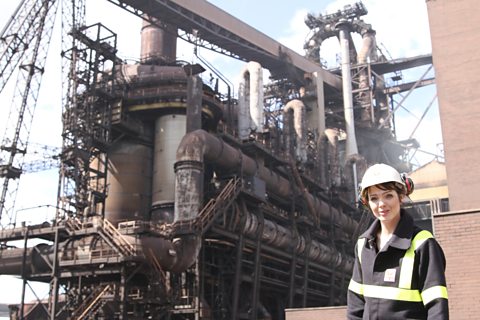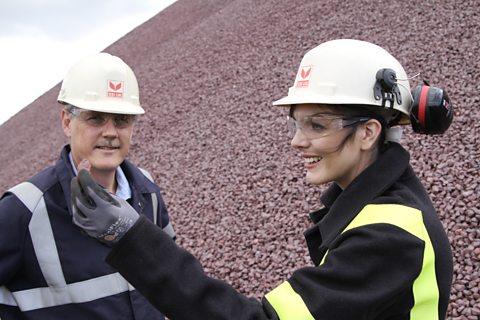Fran Scott describes some of the uses of steel and then finds out how it is made from iron that has been produced in a blast furnace.
The carbon content is reduced by blasting heated oxygen onto the molten iron and scrap metal is added to reduce the temperature. Fran helps to test the carbon content of some samples of steel.
The red hot steel is rolled into long sections. The carbon content of the steel affects the properties and uses of the steel.
This clip is from the series Real World Chemistry.
Teacher Notes
Ask students to explain how the carbon content affects the properties and thus the uses of different types of steel.
Challenge them to summarise the basic oxygen steelmaking process as a flowchart.
Curriculum Notes
These clips will be relevant for teaching Science and Chemistry at KS4 in England, Wales and Northern Ireland and National 4/5 in Scotland.
The topics discussed will support OCR, Edexcel, AQA, WJEC GCSE in England and Wales, CCEA GCSE in Northern Ireland and SQA National 4/5 and Higher in Scotland.
How is plastic made? video
Science presenter Fran Scott visits a company that makes PVC to find out how you turn raw materials into the every day plastic goods that surround us.

How is glass made? video
Fran Scott visits a glass production plant and learns how glass is made and the raw materials used are described.

How is paint made? video
Fran Scott goes on a tour of a paint factory and the ingredients for oil and emulsion paints are discussed and how they are made and tested.

How is iron extracted? video
Fran Scott visits a blast furnace and explains the science behind iron production from the raw materials through to the finished metal.
